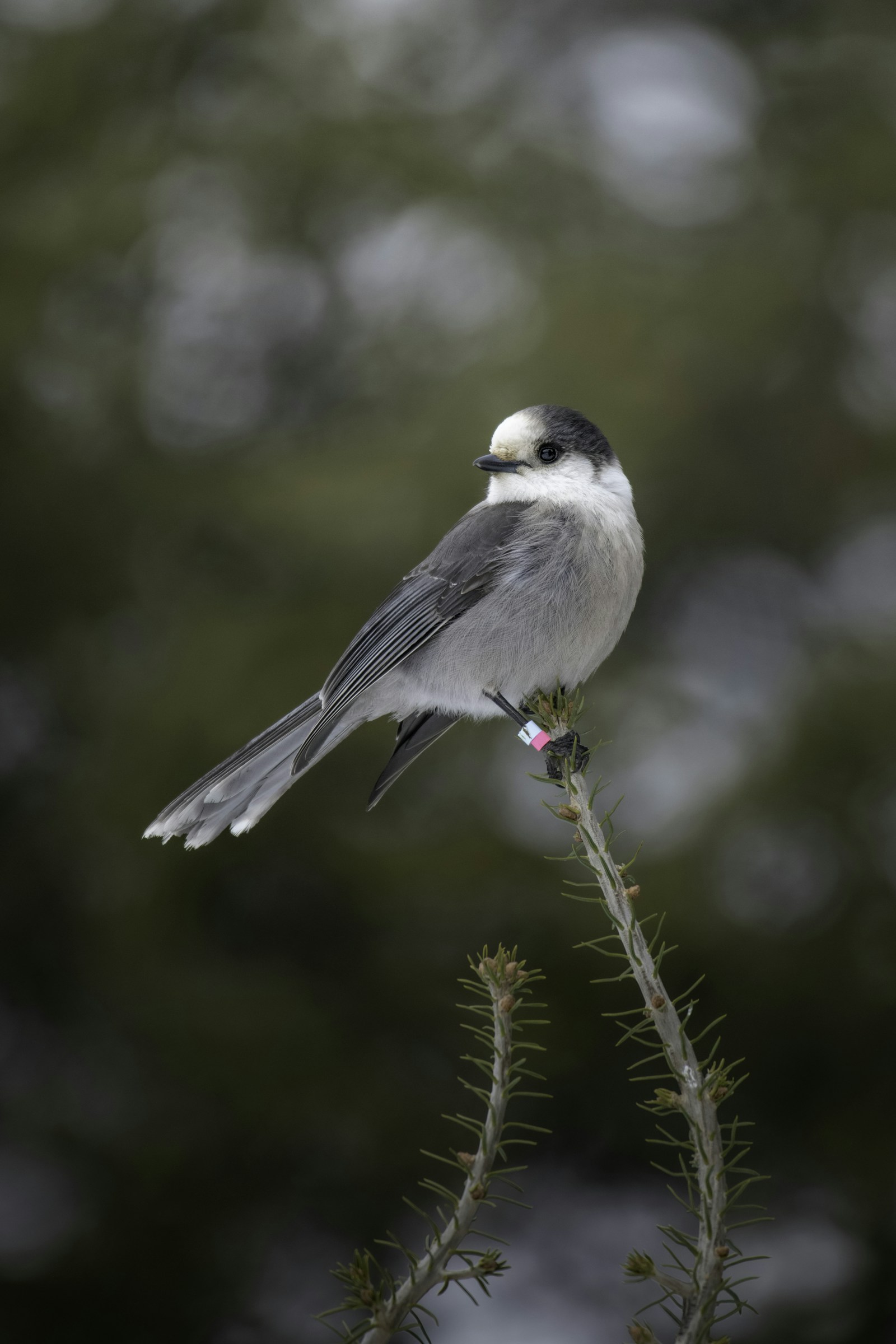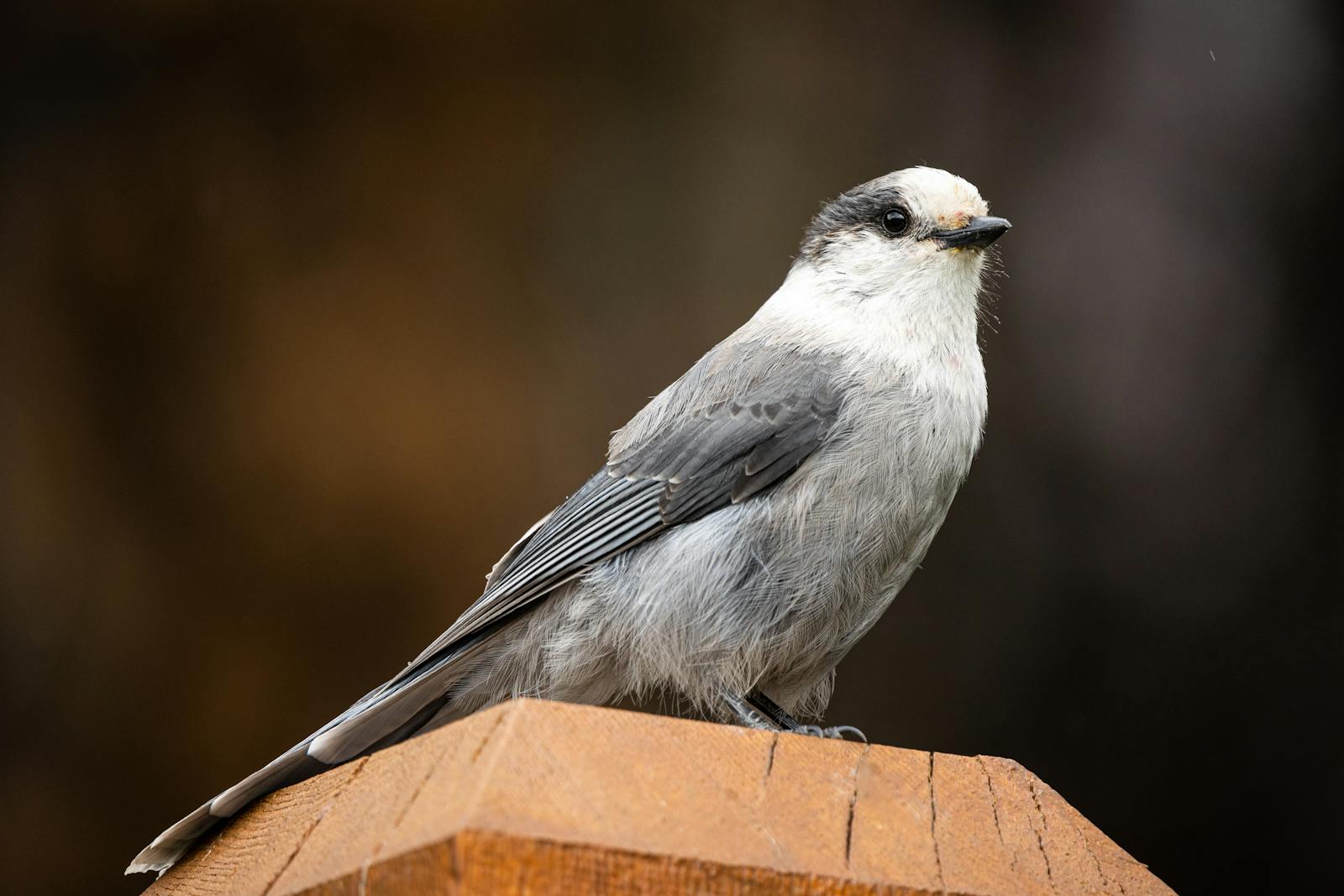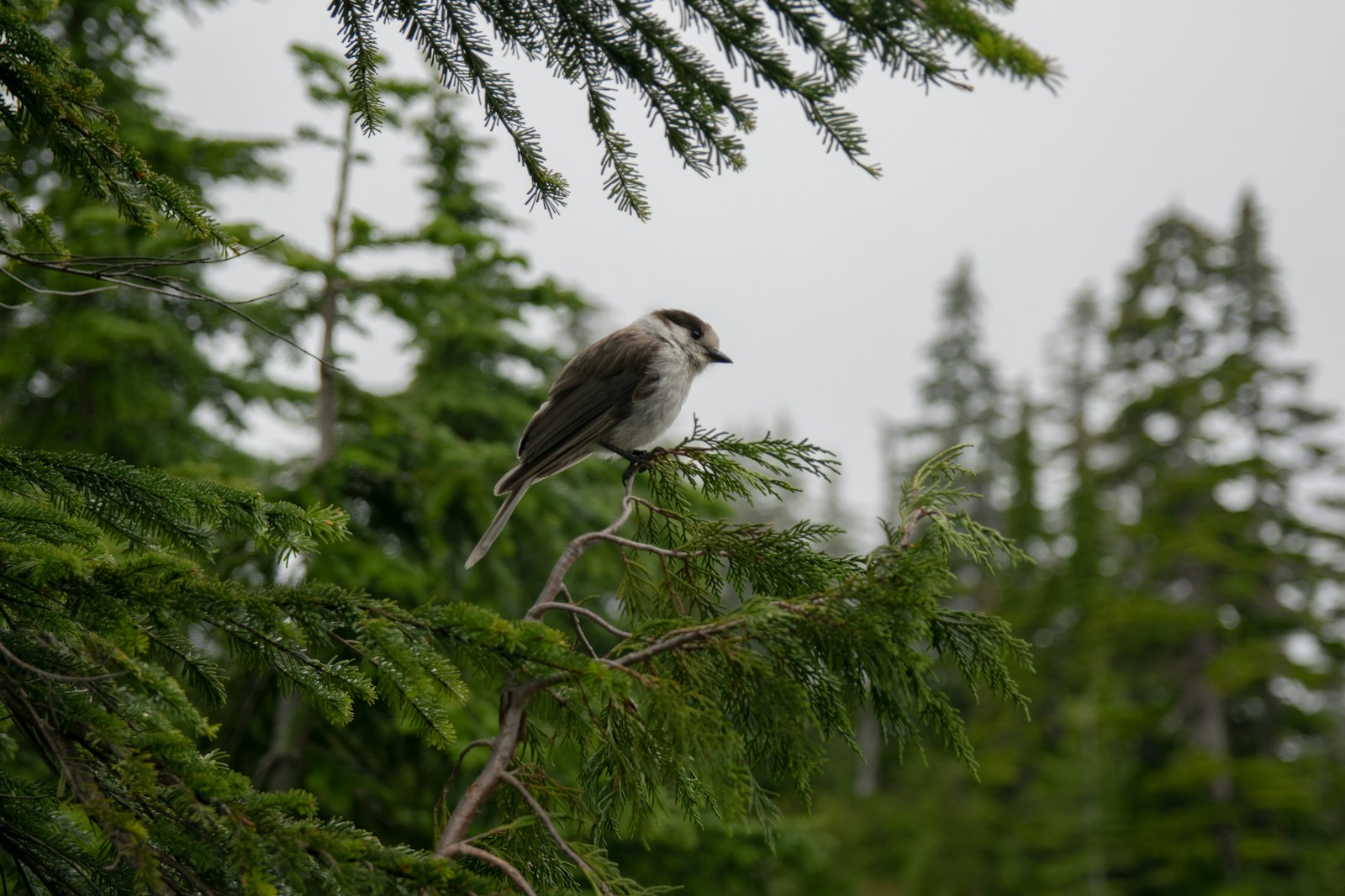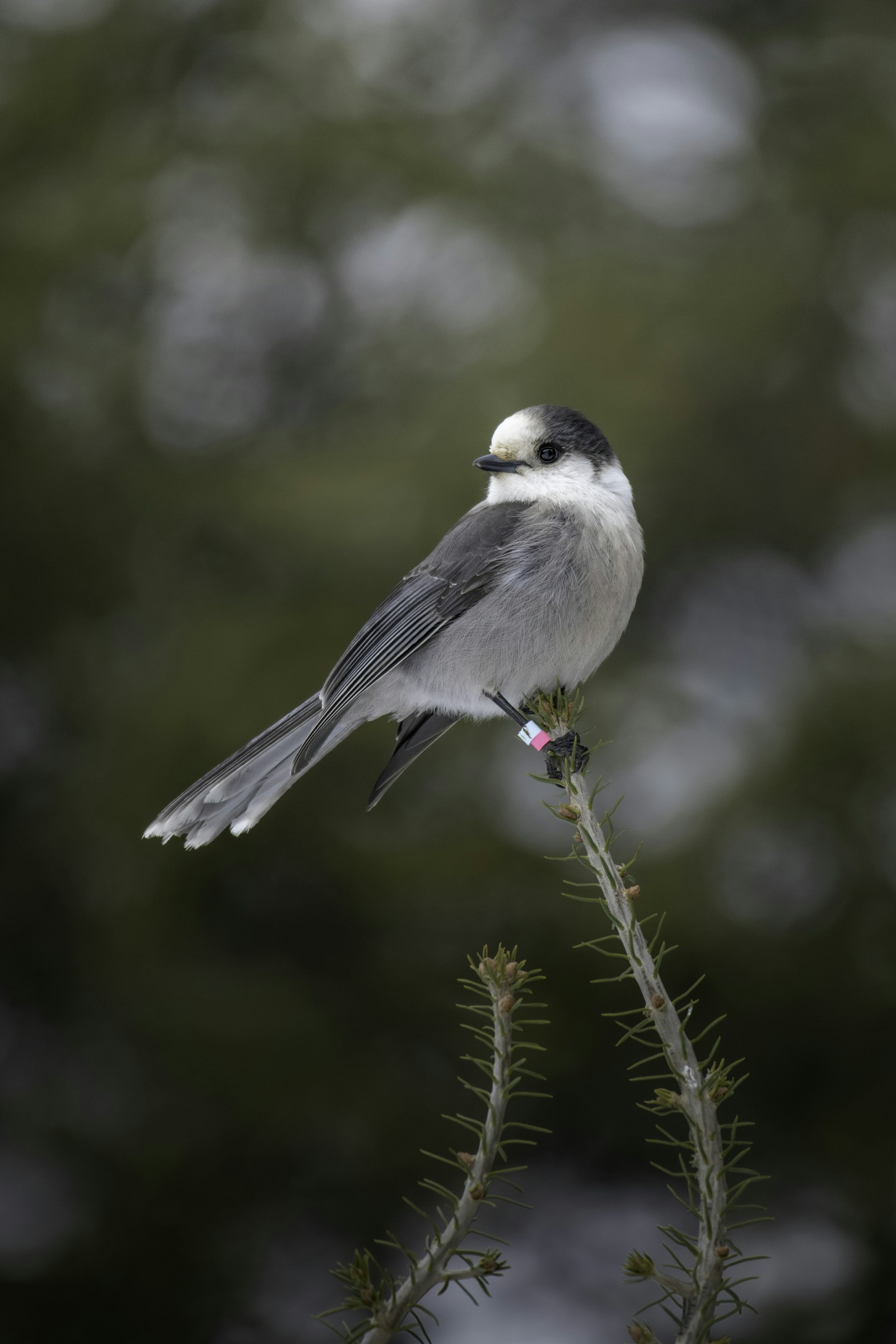Living on an acreage in the foothills of Alberta means waking up to the sound of wind through spruce trees, watching deer wander through the meadow at dusk—and if you’re especially lucky, sharing your coffee with one of the forest’s most charming troublemakers: the Whiskey Jack.
Out here, nature isn’t something you drive to on the weekend—it’s right outside your door. And few creatures embody the wild, whimsical spirit of this place quite like the gray-feathered bandit known as the Whiskey Jack.
You see, Whiskey Jack isn’t just any bird. He’s the trickster of the trees, the rascal of the Rockies, and the feathered pickpocket of picnic lunches. And legend has it that he’s got a bit of old magic in him—after all, “Whiskey Jack” is just an anglicized version of the Cree word Wîsahkecâhk, a shape-shifting forest spirit known for his wit and mischief.

The Bird with Too Many Names
“Why so many names?” you might ask. Well, it depends on who’s doing the talking. Scientists, with their lab coats and clipboards, call him Perisoreus canadensis—a very serious name for such a funny bird. Birders might say Gray Jay for his smoky, slate-colored feathers. But here in the woods of Alberta, many still call him Whiskey Jack.
No matter what you call him, he answers only to the rustle of a granola bar wrapper.
Where He Roams
Whiskey Jack doesn’t mind the cold. In fact, he thrives in it. While robins flee south at the first nip of frost, the Canada Jay fluffs up and sticks around all winter long, laughing at the snow from his perch on a black spruce. These birds live year-round in boreal and subalpine forests, from the Yukon to Newfoundland and straight down into the Rockies.
In the Alberta foothills, they’re especially at home—darting between pines, popping out at backwoods cabins, and sweet-talking hikers out of granola bars with their gentle whistles and bright eyes.
It’s a kind of magic you only really get to witness when you live in the woods—not just visit them.
A Birdy Buffet
What does he eat, you ask? The better question is, what doesn’t he eat? From berries and insects to bits of meat, suet, and even baby mice, the Canada Jay is a shameless opportunist. He’s been known to steal sandwiches right from open backpacks and stash crumbs under tree bark for later. He's nature’s snack hoarder.
Thanks to a sticky-saliva trick (gross but clever), he glues his food to branches and trunks, building a winter pantry months ahead of the snow. Some say he’s the forest’s first prepper.

The Family Plot
Canada Jays are surprisingly romantic for such mischievous creatures. They pair up for life, whispering secrets into each other's feathers while the snow falls softly around them.
And here's a twist—they're some of the earliest birds in North America to nest, often starting in late February or March while other birds are still shivering in their feathers. Using twigs, moss, and feathers, they build a cozy, well-insulated nest and raise 2 to 5 chicks while snow still blankets the ground.
Even more charming? Once the chicks hatch, the oldest often sticks around to help raise the next year’s batch of fuzzballs, acting like a feathered babysitter. You will often see Whiskey Jacks in groups of three, as the oldest travels around with mom and dad, learning their tricks.
Mischief in the Pines
Ask any backcountry hiker, and they’ll tell you: if you stop for a snack in the Canadian wilderness, you might find yourself being watched by a pair of round, intelligent eyes. And if you’re not careful? Poof! Your sandwich is gone. Just a flash of gray and a smug chirp in the wind.
They say Whiskey Jack once tricked a grizzly out of his berries and that he once led a trapper in circles for three days just for fun. Whether or not it’s true, one thing is certain: there’s more mischief in that puffball of feathers than meets the eye.

Why This Matters
Seeing a Canada Jay on your fence post or hopping around your firepit isn't just a pretty wildlife moment—it’s a sign you’re part of something wilder, deeper, and more connected. Owning an acreage in Alberta means you don’t just observe nature—you live in it.
Out here, every day is a chance to share your life with forest spirits, birds with ancient names, and a whole cast of woodland characters.
So if you ever see a flash of gray feathers and hear a mischievous chirp on a snowy morning, tip your hat to the Whiskey Jack. He’s not just a bird.
He’s your neighbour.


